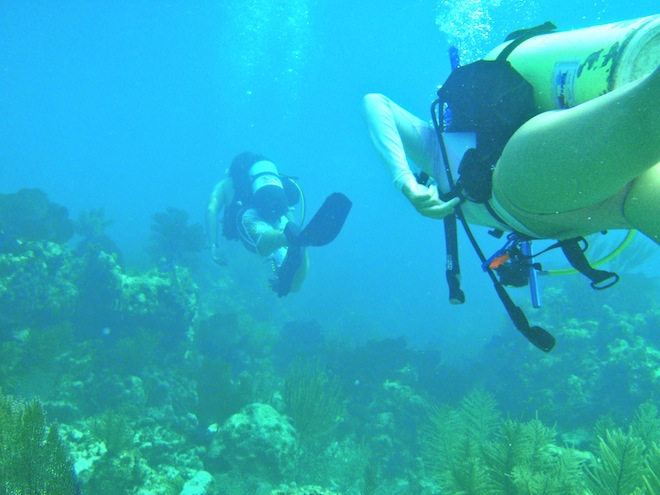Here at Aquarium Tip Tank we talk a lot about saltwater aquariums because that is what most of us keep, I have a small one that I am keeping, and I am in the process of setting up another 30 gallon saltwater aquarium. However, many of the aquarium tips, tricks, and advice that we give can be used for both freshwater and saltwater tanks. Therefore, we figured that we would list some benefits to keeping a freshwater fish tank, explain those benefits, and compare to a saltwater set-up. Here we go.
Freshwater Aquarium Benefits:
- Not much need for specialized lighting.
- No need to mix salt into water.
- Hardy fish that are usually easier to care for than marine fish.
- Majority of freshwater aquarium fish are tank bred.
- Freshwater aquariums are generally less expensive than saltwater aquariums.
- Freshwater aquariums are generally easier for beginners to care for.
When I look at the list above, I realize that almost all of the freshwater aquarium benefits can be grouped under the last two. Freshwater aquariums are generally less expensive and easier to care for. All aquariums require a tank, substrate, filters, lights, test kits, food, nets, scrapers, and possibly a quarantine tank. A saltwater tank requires a few more pieces of equipment such as a hydrometer, power heads, a protein skimmer, extra test kits for calcium and alkalinity, and possibly some live rock and sand instead of the cheaper gravel that is used in a freshwater tank.
Obviously, all of this extra equipment costs money, and has to be maintained in properly working order. This is also only for a fish only with live rock (FOWLR) set up. If you want to keep a reef tank with corals and other invertebrates you will need a lighting system that will deliver more light to those light hungry invertebrates. You will probably also want more live rock, a refugium, and a reverse osmosis (RO) filter unit – we recommend RO filtering all of your water for freshwater or saltwater tanks, but you will definitely need one for a reef tank.
Now lets talk a little bit about ease of care. I don’t want to scare you out of keeping a saltwater aquarium so I will first say this…I honestly don’t think that the maintenance of a saltwater tank is that much more difficult. There are a few extra maintenance tasks to take care of for a saltwater tank, but in my opinion, they don’t take a long amount of time, and they aren’t that difficult.
First, water changes for a freshwater tank are a little bit easier. This is mainly due to the fact that you don’t have to make your saltwater. You can keep a beautiful freshwater tank by using dechlorinated and filtered tap water. With saltwater aquariums you have to dechlorinate and RO filter your tap water into storage buckets to mix the salt in. This saltwater making process is usually done a few days before a water change.
Second, the livestock of a freshwater aquarium is generally a little bit easier to care for. The vast majority of freshwater aquarium fish are tank bred and tank raised. The Aquariums are their homes and where they are used to living. They are used to being fed and eating aquarium foods. They were not transported from a reef halfway around the world. Therefore, freshwater fish are much less stressed about their aquarium environment and end up being hardier fish that are a little bit easier to care for and keep happy.
You also won’t be able to keep any corals with specific demands for lighting and water conditions. Sure, you may want to keep some live plants, but you can still keep some live freshwater plants with NO fluorescent lights and dechlorinated and filtered tap water. Some freshwater plants may require more light intensity for photosynthesis, but it is not near the light intensity necessary to keep corals and other sessile invertebrates.
Finally, please don’t let any of this dissuade you from keeping a saltwater aquarium. Once you have your tank and your equipment and it is all set up, cycled, and the proper lighting and water conditions have been established, the maintenance tasks for keeping a healthy marine aquarium are not that much more expensive or difficult than keeping a freshwater aquarium. You can always buy your saltwater from a LFS instead of making it yourself. You just have to have containers to keep it and transport it in. If you choose and care for your fish wisely, marine fish also aren’t that much more difficult to care for. Just remember, a lot of marine fish in your LFS are probably taken from the Earth’s reefs. Keep your fish happy and healthy so that you’re not the aquarium hobbyist depleting those reefs of tropical fish.
Comments? Got some cool pictures of your tanks? Leave a comment below!
TJ










